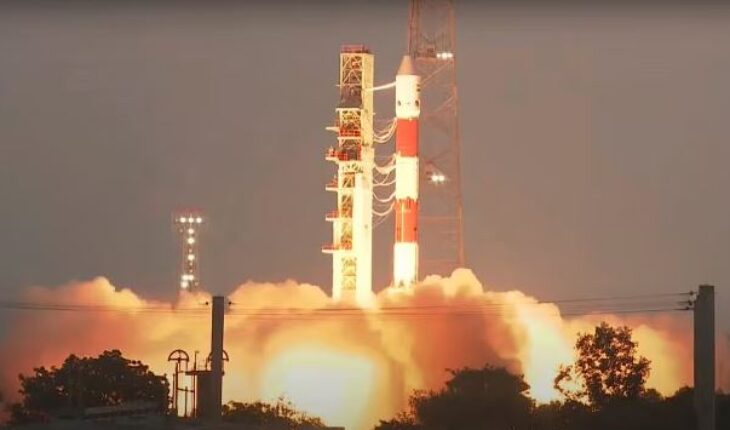In the cool predawn hours of May 18, 2025, the Polar Satellite Launch Vehicle—ISRO’s celebrated “workhorse”—stood poised on its launch pad at the Satish Dhawan Space Centre, Sriharikota. On board was EOS-09, an advanced Earth observation satellite destined to monitor our planet from a sun-synchronous polar orbit. This was the PSLV’s 63rd flight—and its 27th in the high-thrust XL configuration. Expectations ran high, but minutes after liftoff, the mission ground to an unexpected halt.
A Remarkable Record, Bring Two Hurdles
Since its first flight in September 1993, the PSLV had earned a reputation for reliability and affordability. It had carried Chandrayaan-1 to the Moon in 2008, sent the Mars Orbiter Mission on its historic voyage in 2013, and in 2023 even set a world record by deploying 104 satellites in a single launch. Yet in its three-decade history it had stumbled twice before.
PSLV-D1 (1993): The very first flight ended in the Bay of Bengal. A programming error and a retro-rocket misfire during stage separation robbed the vehicle of attitude control, sending it off course.
PSLV-C39 (2017): Poised to place the IRNSS-1H navigation satellite into transfer orbit, the vehicle failed to jettison its protective heat shield. Trapped inside its fairing, the satellite never achieved the required velocity and the mission was lost.
A Third Hiccup in the Third Stage
On May 18, everything proceeded flawlessly through the first two stages. But during the third stage’s solid-propellant burn, telemetry revealed a sudden drop in chamber pressure. As ISRO Chairman V. Narayanan explained on the live webcast, “The third stage motor started perfectly, but during its functioning we observed a fall in motor-case pressure—and the mission could not be accomplished.” Though precise details await the Failure Analysis Committee’s report, early signs point to a propulsion-system anomaly—perhaps a nozzle or valve misalignment—that interrupted the steady thrust needed to reach orbit.
Turning Failures into Stepping-Stones
In rocket science, even a fraction of a percent in performance deviation can decide success or failure. Each PSLV setback has prompted rigorous self-examination at ISRO: software safeguards were tightened after 1993, and fairing-separation mechanisms were upgraded post-2017. Now, lessons from the PS3 investigation will feed into design refinements—from pressure-sensor redundancies to enhanced stage-separation protocols.
The Next Chapter- Despite this rare stall, the PSLV’s legacy endures. Its modular design, proven flight history, and cost-effectiveness continue to attract both domestic and international payloads. Within weeks of the C61 anomaly, ISRO confirmed that the next PSLV mission remains on track, a testament to the agency’s agility and resilience.
In the unforgiving arena of space launch, every misstep is an opportunity for insight. As EOS-09’s story intertwines with two earlier failures, it joins a lineage of missions that have collectively propelled India to the forefront of affordable, dependable rocket launches—and will guide every successful liftoff yet to come.





